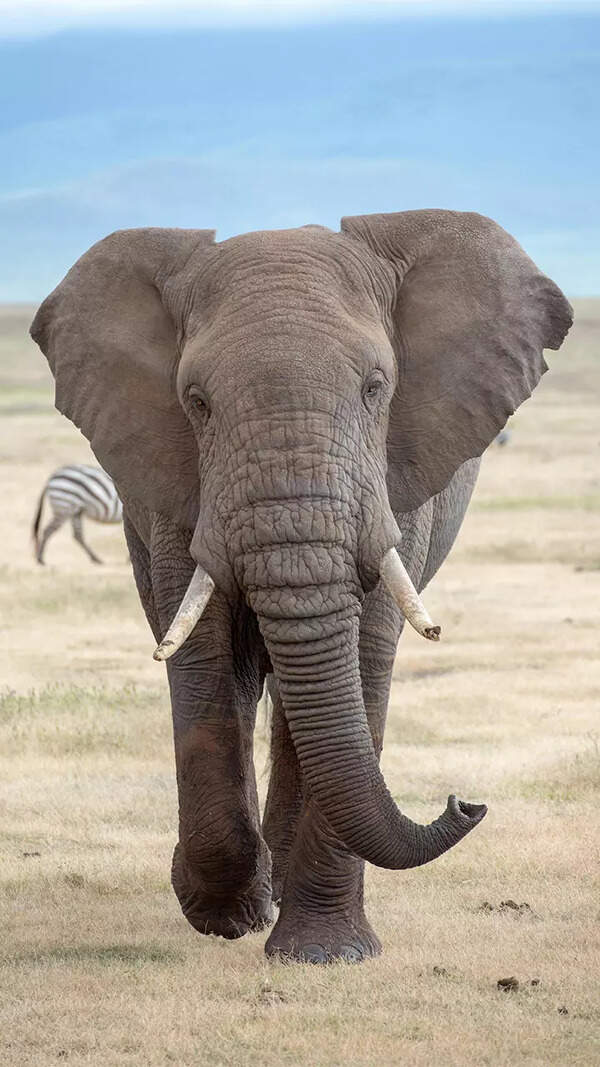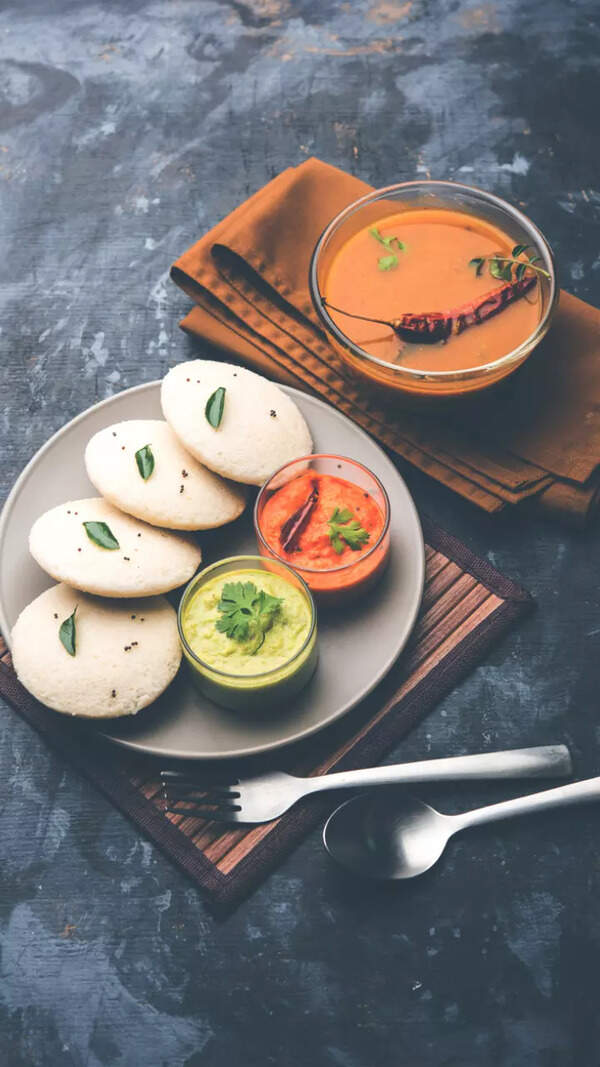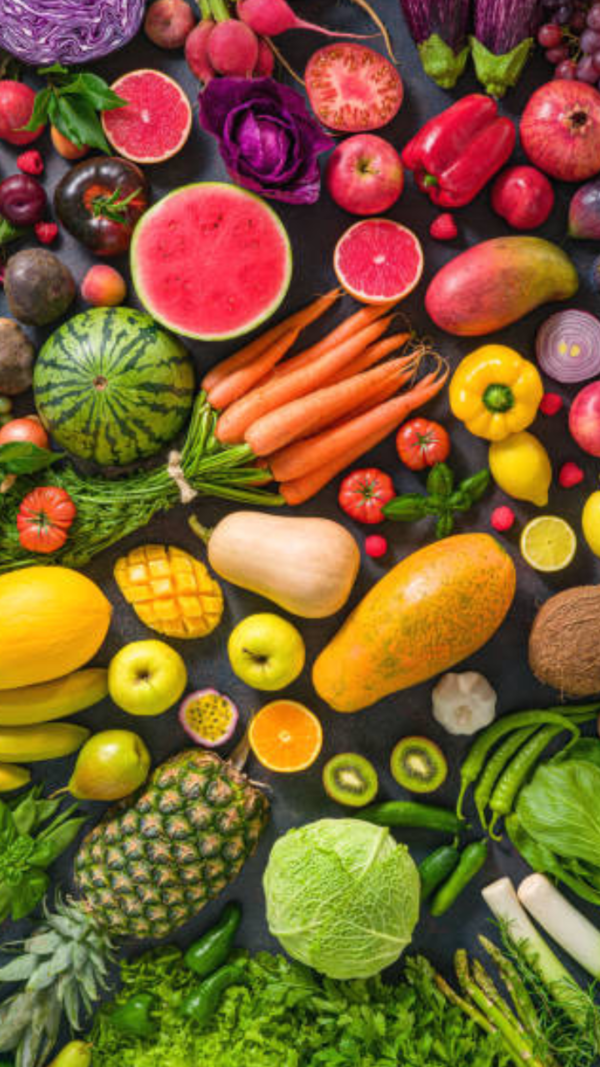- News
- City News
- mumbai News
- Young researchers help tackle environmental issues afflicting slums
Trending
Young researchers help tackle environmental issues afflicting slums
A group of students from Annabhau Sathe Nagar investigated the effects of broken sewers and won a $500 scholarship from STEM4Girls for their findings. They were part of Khushiyon Ki Pathshala, an education initiative by the Enrich Lives Foundation, and guided by Global Young Researchers Academy.
Keeda. That's how Akil Ansari referred to the tiny eight-legged, blood-sucking parasite that lives rent-free in his home in Govandi's Annabhau Sathe Nagar, until he trained his phone camera on it. "I didn't know it was called a tick," says the teenager, standing among a group of kids who have spent eight months looking up 38 creatures, from rats to centipedes and earthworms to millipedes, that inhabit the broken sewage drains of their squalid neighbourhood, posing health and safety risks.
As part of Khushiyon Ki Pathshala, an education initiative by the NGO Enrich Lives Foundation (ELF), Ansari and his friends Neha Naddaf, Shivkumar Jaiswar, and Shivani Jaiswar presented a paper on the dangers of the many broken sewers in Annabhau Sathe Nagar at a conference in Kochi last year, where they won a cheque of $500 (Rs 40,000) from STEM4Girls, a US-based non-profit that encourages the pursuit of science, technology, engineering, and math.
His team is one of three student groups guided by Global Young Researchers Academy (GYRA), which supports environmental research by young thinkers. After they were enrolled in the mentorship programme, GYRA selected three of nine projects submitted by Khushiyon Ki Pathshala (KKP), an initiative that runs nine centres between Mankhurd and Matunga with the aim of providing quality education to disadvantaged kids.
While students from Vikhroli's Ramabai Nagar are studying water wastage, those from Mankhurd’s Bheem Nagar are investigating the absence of trees in their area. "The children selected topics based on their observations of local problems, refining them to meet scientific standards," says Rashmi Balwani, founder of ELF. She highlights that the KKP students' clear problem statements stood out at the conference because "they live the problem every day."
Through the process, they’ve learned to use proper measurement tools, avoid errors, and understand the significance of laboratory practices and sample protection. "They’re understanding instrumental and human errors during experimentation," says Balwani. Given that flow meters are expensive, Simran and her team—Aaradhya Prajapati, Jigar Jaiswal and Sneha Mistry—have been using water bottles of various capacities to measure water wastage in their neighbourhood. By holding these makeshift flow meters under running taps, they gauge water usage. "If the flow is fast, it means water is wasted. If it's slow, it means less waste," says Prajapati. Despite their efforts to educate neighbours, many are resistant: "Why should we listen to you?" some ask the kids. "We pay money to the BMC and have the right to do as we please."
Stay updated with breaking news, weather updates, bank holidays and upcoming public holidays in march.
End of Article
FOLLOW US ON SOCIAL MEDIA









